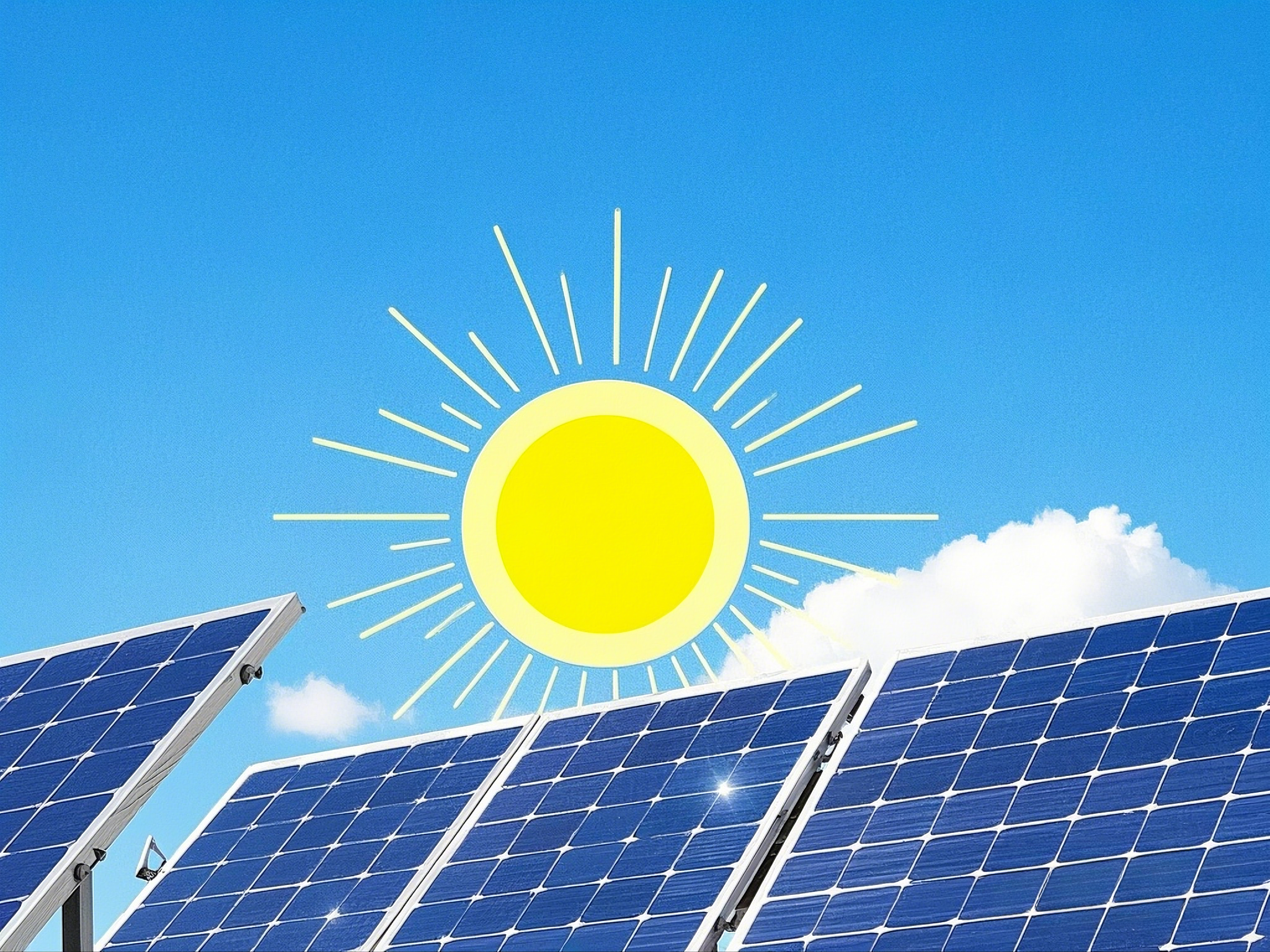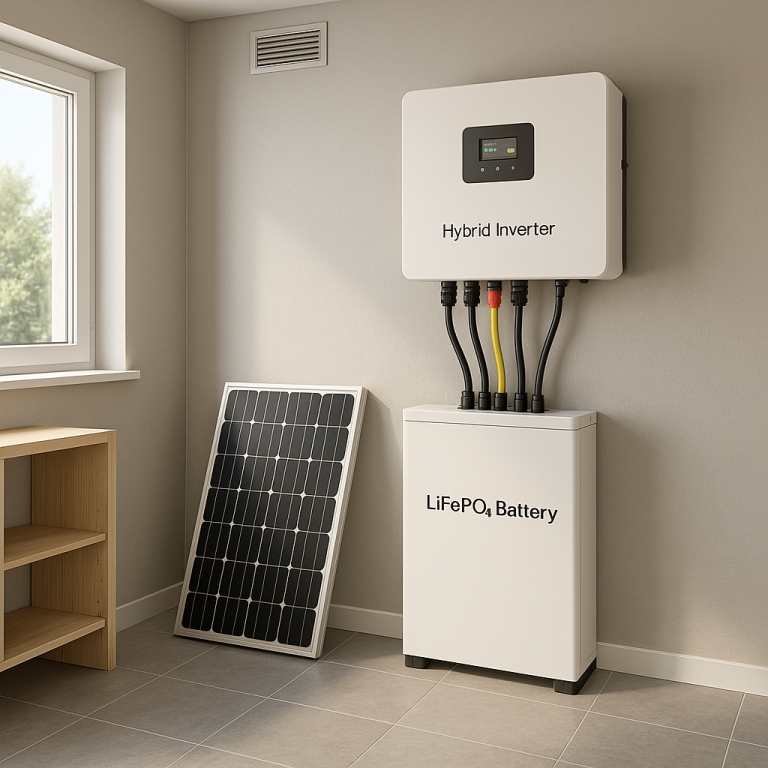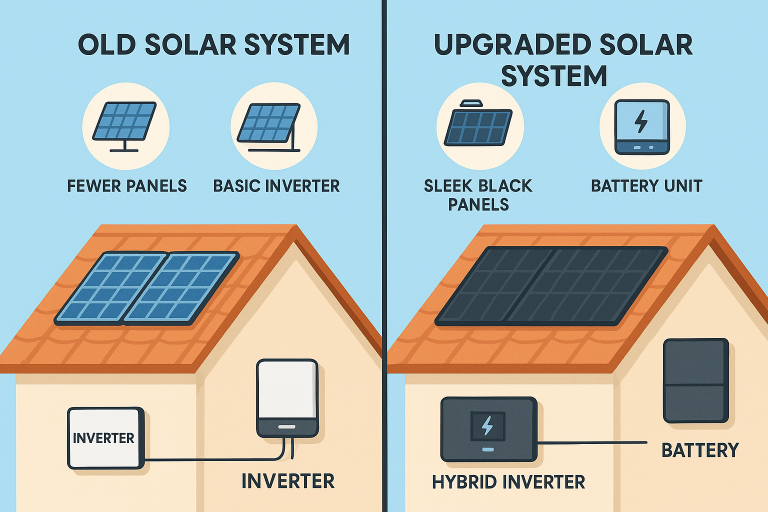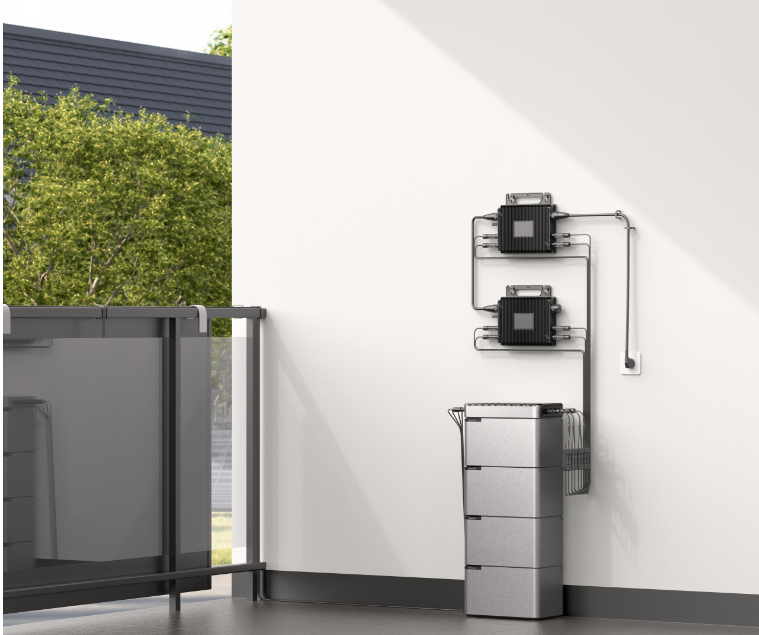1. Why Does the Angle of Solar Panels Matter?
The angle of solar panels determines how efficiently they capture sunlight. The optimal tilt ensures maximum absorption and energy output. If the panels are tilted too much or too little, energy loss can occur, making correct adjustment crucial.
2. Optimal Solar Panel Angle by Location
The optimal tilt angle for solar panels usually corresponds to the local latitude. For example:
✅ Near the Equator (0°-15°): Panels should be nearly flat to maximize sun exposure throughout the day.
✅ Temperate Regions (30°-50°): The tilt should match the latitude for balanced summer and winter performance.
✅ Higher Latitudes (>50°): Panels should be steeper to capture lower-angle sunlight in winter.
3. The Best Direction for Solar Panels
• Northern Hemisphere (e.g., Europe, North America): Panels should face south for maximum sunlight.
• Southern Hemisphere (e.g., Australia, South America): Panels should face north for optimal exposure.
• East-West Orientation: Useful in special cases where electricity demand is higher in the morning or afternoon.
4. Seasonal Adjustments for Maximum Efficiency
• Summer: Since the sun is higher, panels should be tilted at a lower angle to reduce reflection and increase absorption.
• Winter: The sun is lower, so panels should be tilted more steeply to capture more sunlight.
• Adjustable Mounts: Using an adjustable solar mount allows seasonal angle adjustments for better efficiency.
5. Factors That Can Affect Solar Panel Efficiency
✔ Shading: Avoid trees, buildings, or obstructions that cast shadows, as they can reduce power output.
✔ Dirt & Dust: Regularly clean the panels to prevent dust and bird droppings from blocking sunlight.
✔ Weather Conditions: In high-wind areas, panel angles should consider wind resistance to avoid damage.
Conclusion
The angle and positioning of solar panels play a crucial role in energy efficiency. By optimizing the tilt angle, direction, and seasonal adjustments, homeowners can maximize solar power output. If possible, using adjustable mounts or a solar tracking system can further improve efficiency.




